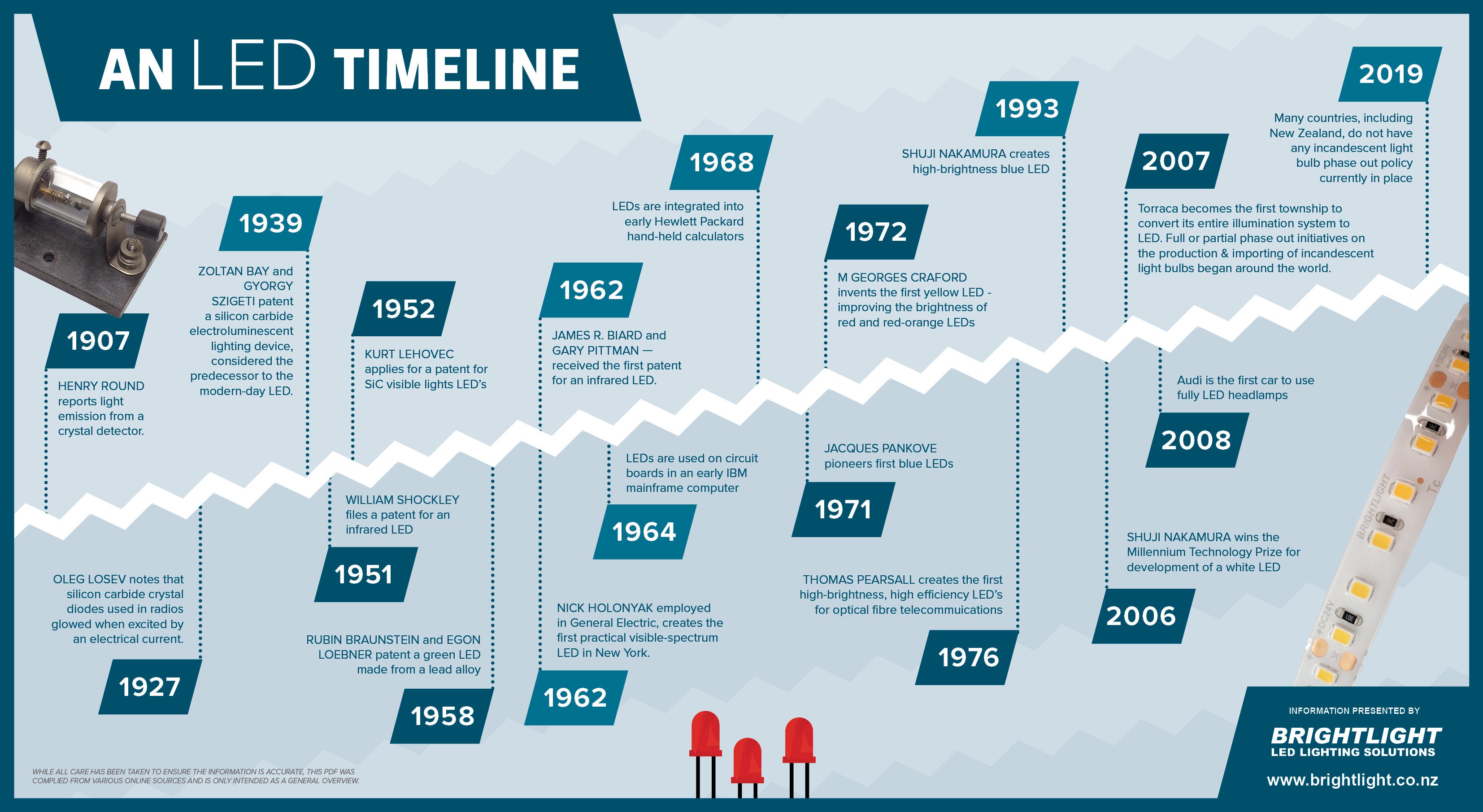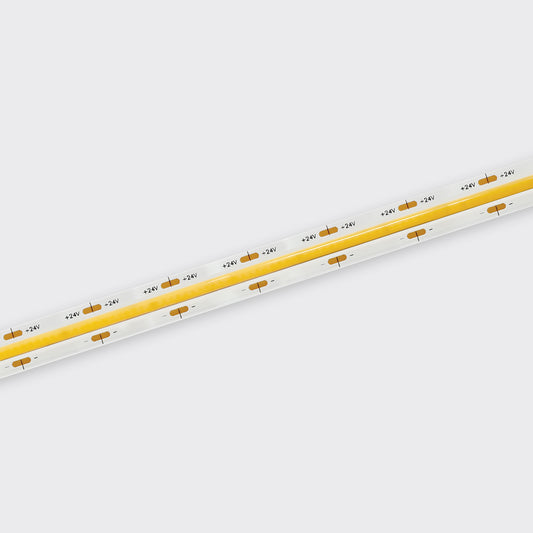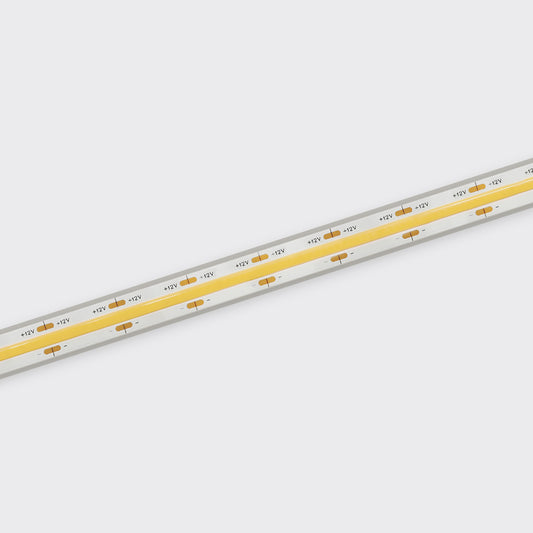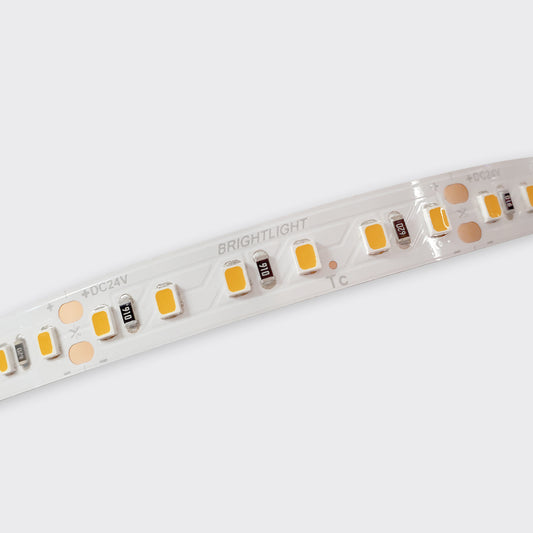The emergence of light-emitting diodes (LEDs) has taken over 110 years, since Henry Round reported light emission from a crystal detector in 1907. This was the first very small step in a process spanning over a century to get LEDs to where they are today.
It’s fair to say there was considerable overlap between the ideas, development and discoveries of LED. Rather than focusing on the achievement of one at the expense of the many individuals who contributed, it is inspiring to look at the century as a whole. As a process which involved many researchers, scientists, and inventors from all over the world, using their considerable expertise to further development. While at the time, much of the workers were in decided competition, from a holistic perspective, it was a truly collaborative effort to get us to where we are today.
During the next 50 years further research was conducted and work had been going on to identify and produce infrared LEDs. However it wasn’t until the 1960’s then the first breakthrough was made with a new type of alloy that allowed the creation of the first practical LED. In 1962, Dr Nick Holonyak created the first practical visible spectrum LED in New York. At that time LEDs were certainly not very economically, being sold for around US$200 a piece!
An interesting note is that the first LEDs were red. This wasn’t intentional but due to the fact that the mixture used in the first LEDs produces a naturally red color. This caused red to become the default colour for so many indicator lights.
The first blue LEDs were developed by Jacques Pankove in 1971 and the following year M Georges Craford, invented the first yellow LED, although neither of these were the high-brightness LEDs we know today. Four years later in 1976 Thomas Pearsall created the first high-brightness, high efficiency LEDs for optical fibre telecommuications.
In 1993, Shuji Nakamura created the first high-brightness blue LEDs. This led on to the development the white LED which used blue LEDs with yellow phosphor coatings. This created a whole host of new applications, such as within the field of architectural lighting.
The efficiency of LED lamps has increased considerably in recent years, it has been estimated that between 2012-2014 efficiency improved by nearly 40%. It will be exciting to see what new developments and improvements are achieved over the next 100 years.





